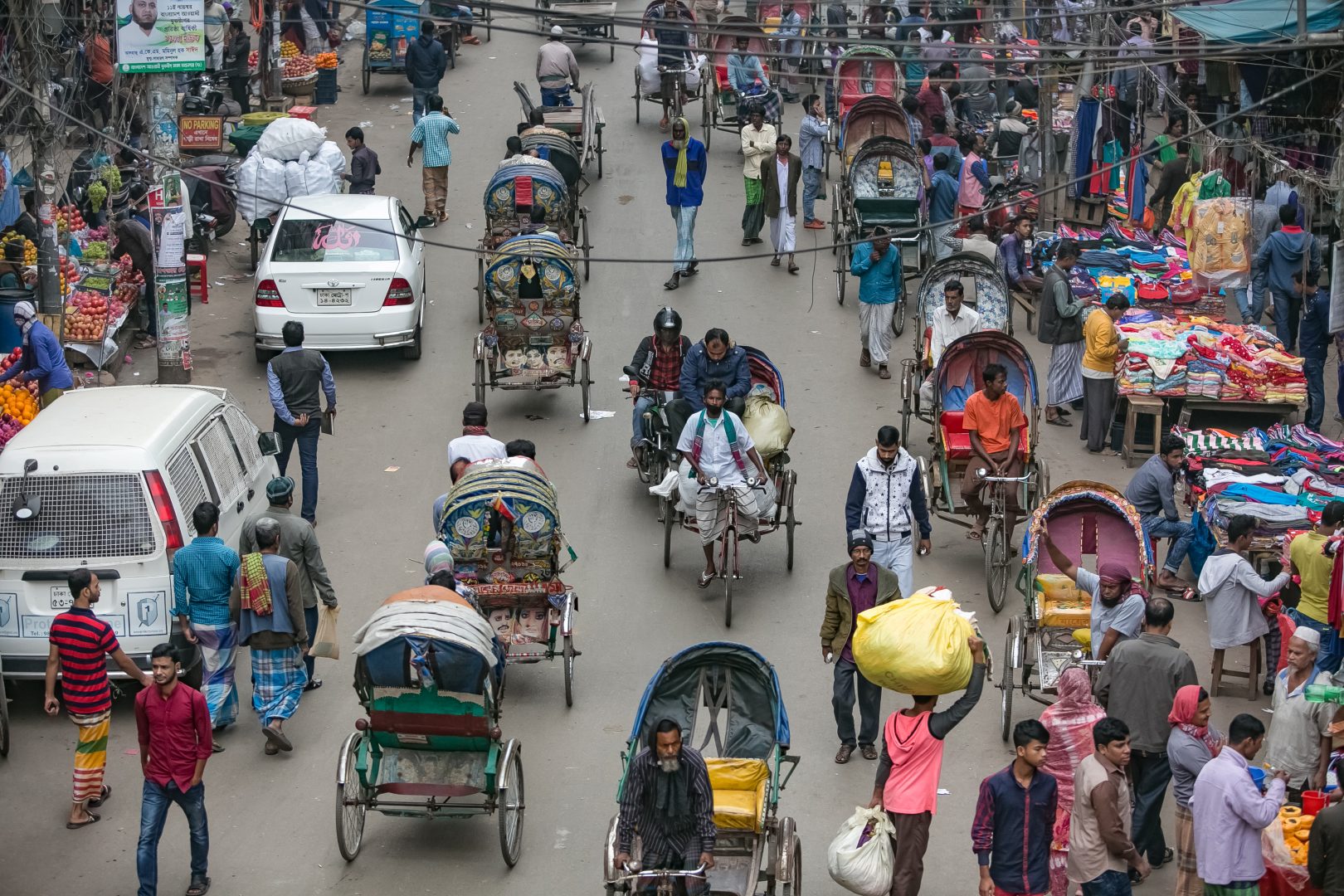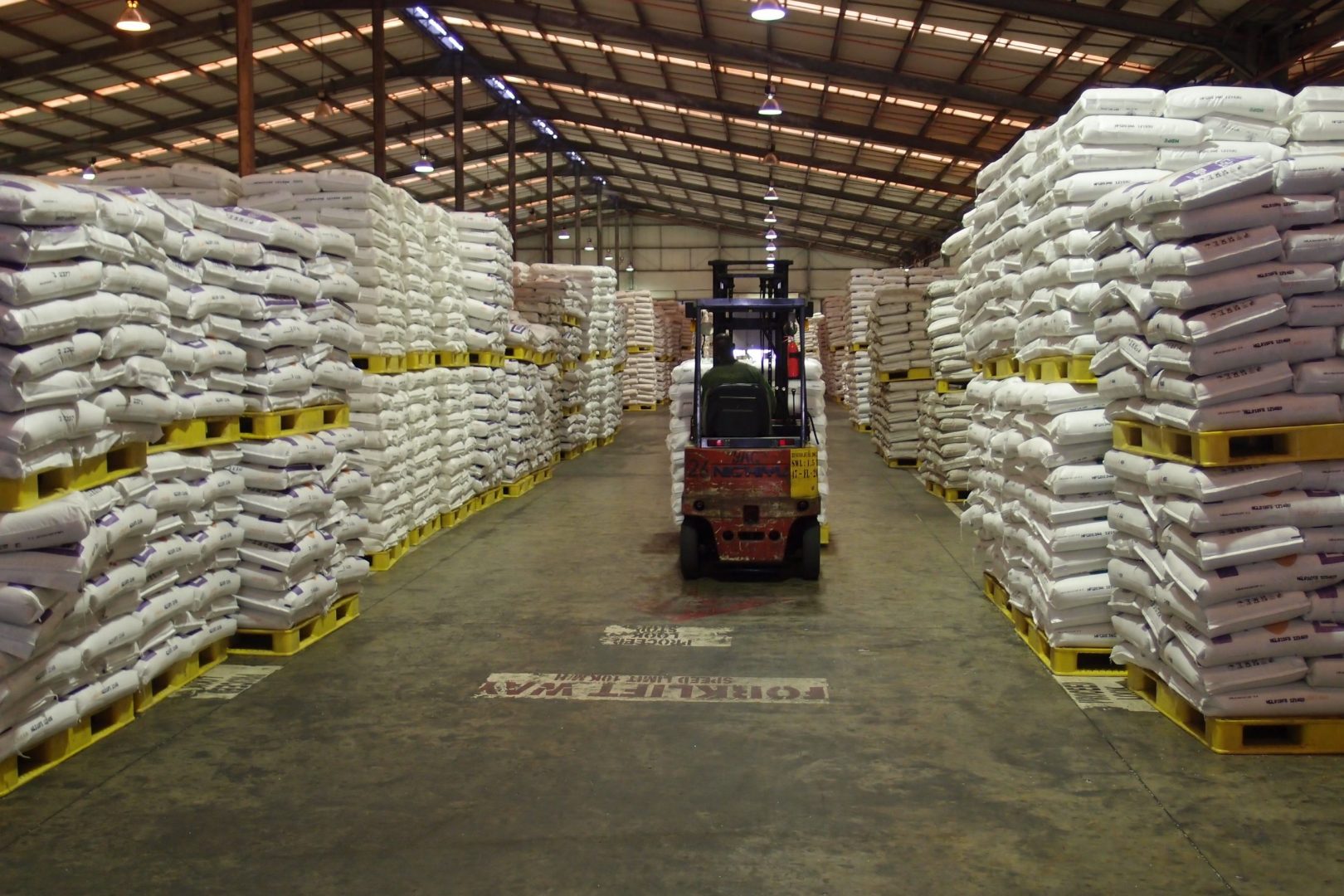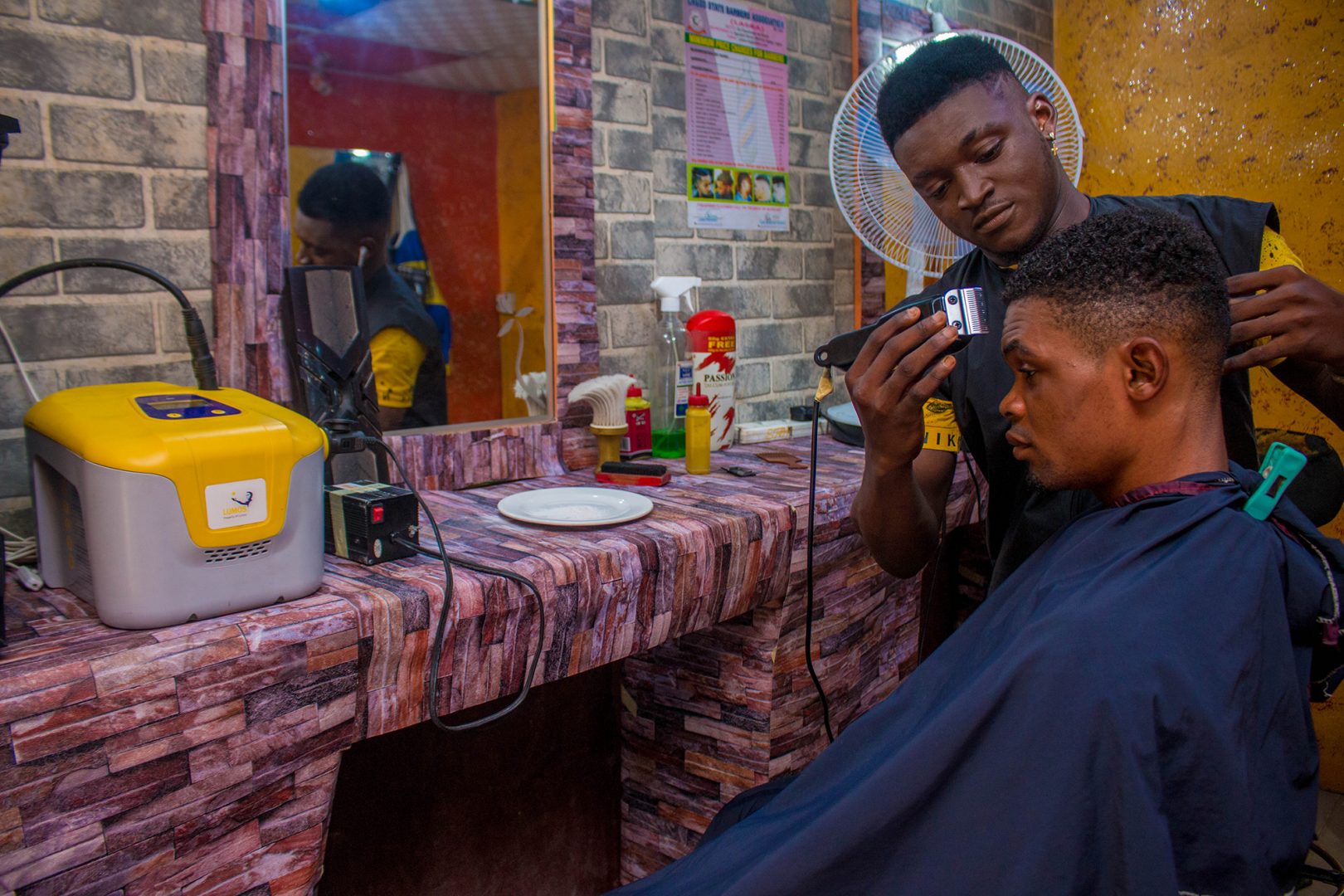Understanding the impact of loans on small businesses in India
Micro, small and medium-sized enterprises account for more than 80 per cent of total industrial enterprises.
They also employ an estimated 117 million people, and contribute to more than 40 per cent of manufacturing output and exports.
However, these small businesses identify access to finance as a key constraint to growth. The World Bank estimates that this credit gap amounts to $230 billion. India’s most recent Economic Survey found that the total amount of credit or loans outstanding in the country amounted to over 26,400 billion Indian rupees as at November 2017, but just 17 per cent of the total reached micro, small and medium enterprises.
While the importance of MSMEs to economic growth and their unmet funding demand are largely recognised, there is surprisingly little evidence investigating the economic impact of MSME access to credit – especially “bottom-up” evidence of what happens to an MSME after it gets a loan from a bank.
In order to understand how our investments in financial institutions were benefitting the MSMEs they lend to, we were eager to take a closer look at the issue. We partnered with IFC, part of the World Bank Group, and RBL, an Indian financial institution we both invest in, to carry out a study to understand what impact loans from financial institutions have on MSME growth in India. The full study is available here.
RBL is a mid-sized scheduled commercial bank, which serves around 2 million customers in India. The company was an ideal partner for such a survey given their interest in supporting underserved and unbanked customers, strategic focus on mass banking, and launch of MSME products across India in 2012 (comprising of business instalment loans, loans against property, and MSME lending).
Over 100 of RBL’s MSMEs were randomly selected and interviewed by local survey firm Market-Xcel, collecting data on sales, income, assets and employment at their firm, before and after the loan.
Key results
Access to credit had a significant relationship with job creation
- On aggregate, 5,600 – 7,200 jobs are estimated to have been created by MSMEs receiving a loan from RBL, from 2013-15.
- $1m in MSME financing is estimated to create 10-15 jobs per year over a three-year period, based on a regression analysis.
- This is in line with other previous attempts at estimating a jobs multiplier, although there are not many available, especially for emerging markets.
- MSMEs receiving a loan from RBL created jobs at an average annual rate of 6 per cent, driven by a group of star performers (27 per cent of sample), that created jobs at a rate of 10-20 per cent.
MSMEs exhibited impressive financial performance
- 80 per cent of all SMEs grew their sales, income and assets since the loan, at average annualised rates of 9, 10 and 7 per cent respectively.
- Productivity increased as SMEs grew their sales at a faster rate than job creation. Some of this may have been driven by those who used the loan to invest in assets or equipment (27 per cent).
RBL is reaching first-time borrowers of formal finance
- 55 per cent were first-time borrowers of formal finance, having previously relied on personal finances, family and friends, and moneylenders.
- Given that 56 per cent of the overall sample had previously used moneylenders, some businesses may have improved margins by lowering their cost of funds.
Investing in female management has promise
- Firms with female management (22 per cent of the sample) exhibited stronger financial performance than average, and were more likely to hire women.
- According to information on the loan documentation, 15% per cent of the MSMEs had female ownership, yet in the survey 22 per cent of the sample reported women being involved in management decision-making. This suggests gender-disaggregated data on loan recipients may not capture the influence of women in day-to-day operations, and should be used with caution in gender impact studies.
Business voices
We also took the opportunity to gather feedback for RBL, and also to gather qualitative evidence from the MSMEs themselves. Stories included:
“Before taking loan from RBL we borrowed finance from local people for highest interest rate. But due to high rate of interest our income was low and even for stocking goods we faced difficulties.”
Paints shop, Belgaum“Earlier I had one shop that was on rent, now I have two shops one is my own and another is on rent. I increased the stock and this how my sales got increased.”
General Store, Dhareshwar Marg Dhar
Our recommendations
We offer several recommendations to financial institutions lending to MSMEs in India:
- Undertake similar studies on companies in your portfolios to better understand the impacts of access to different types of financial products and services on financial inclusion, job creation, and the financial performance of MSMEs. More evidence is needed on how these impacts might vary for different types of SMEs and geographical contexts in India.
- Continue to focus on firms with female leadership, as the evidence suggests this is profitable.
- Consider offering non-financial services products to SMEs that may benefit. Some of the SME clients that were interviewed expressed interest in improving their business skills through training, for instance.





